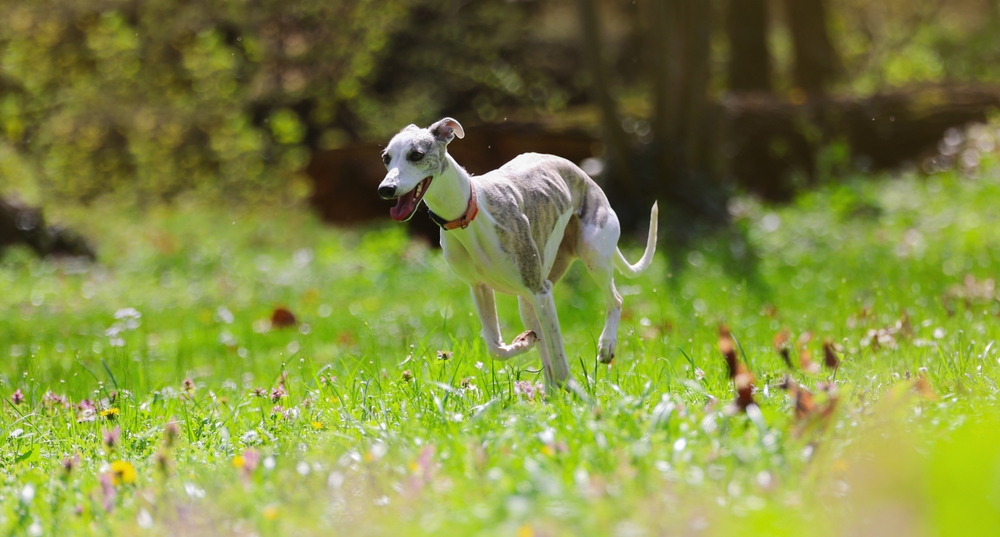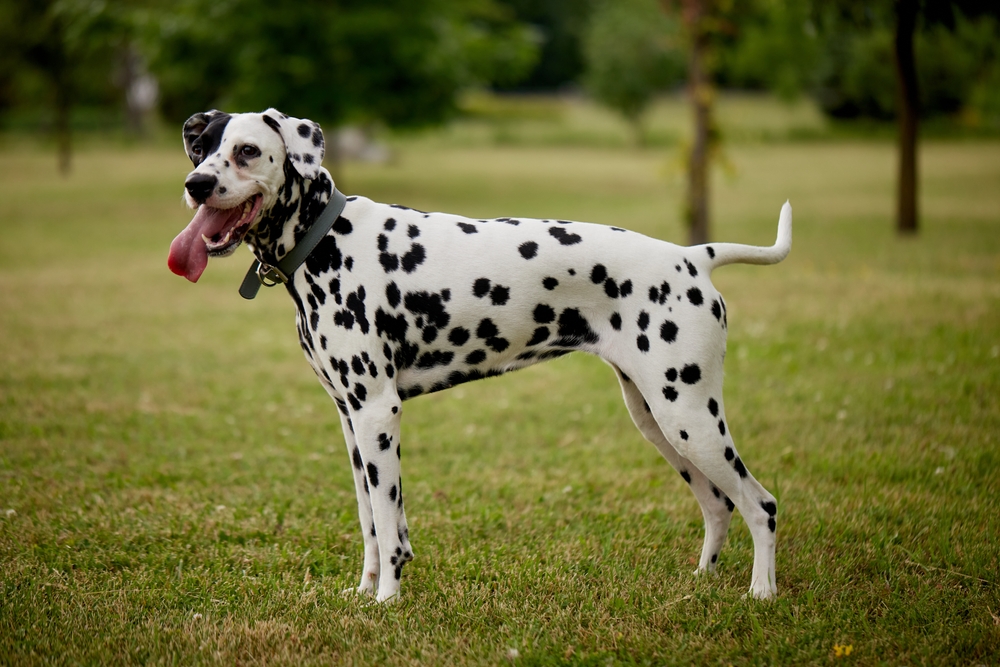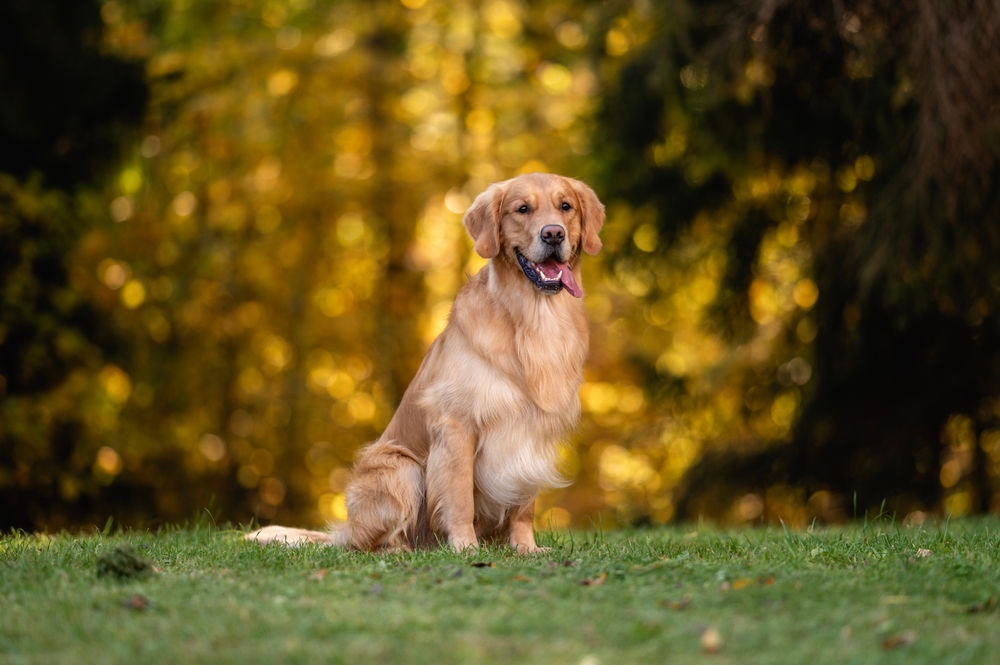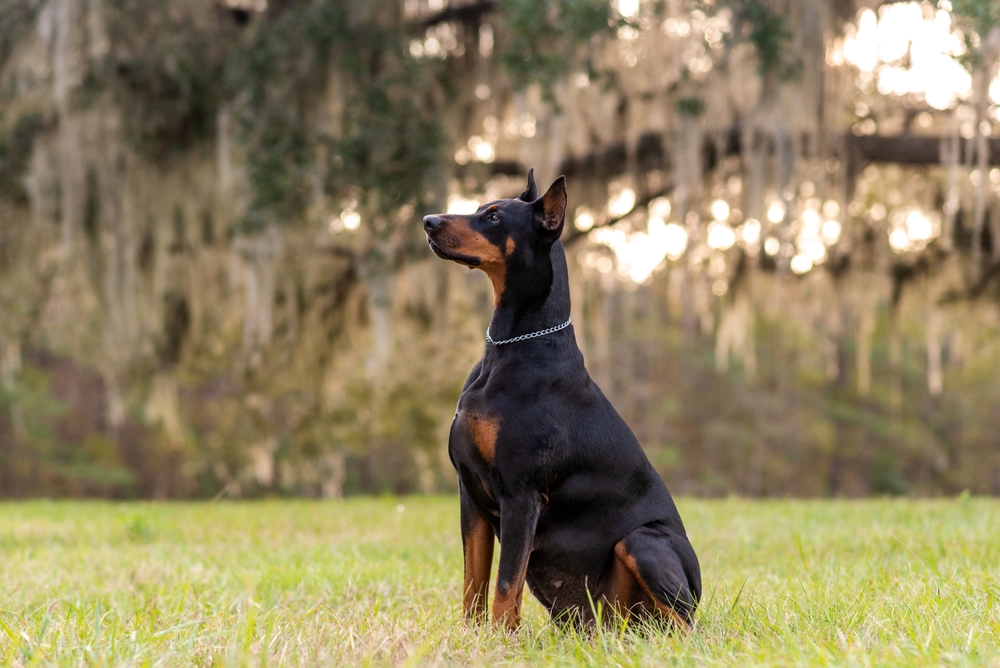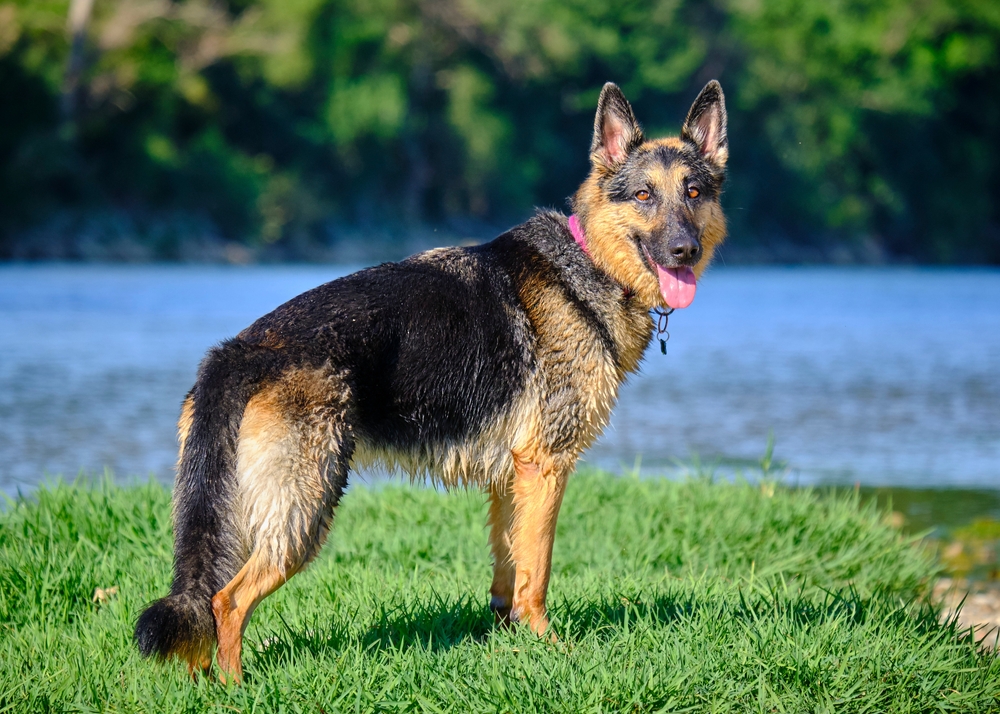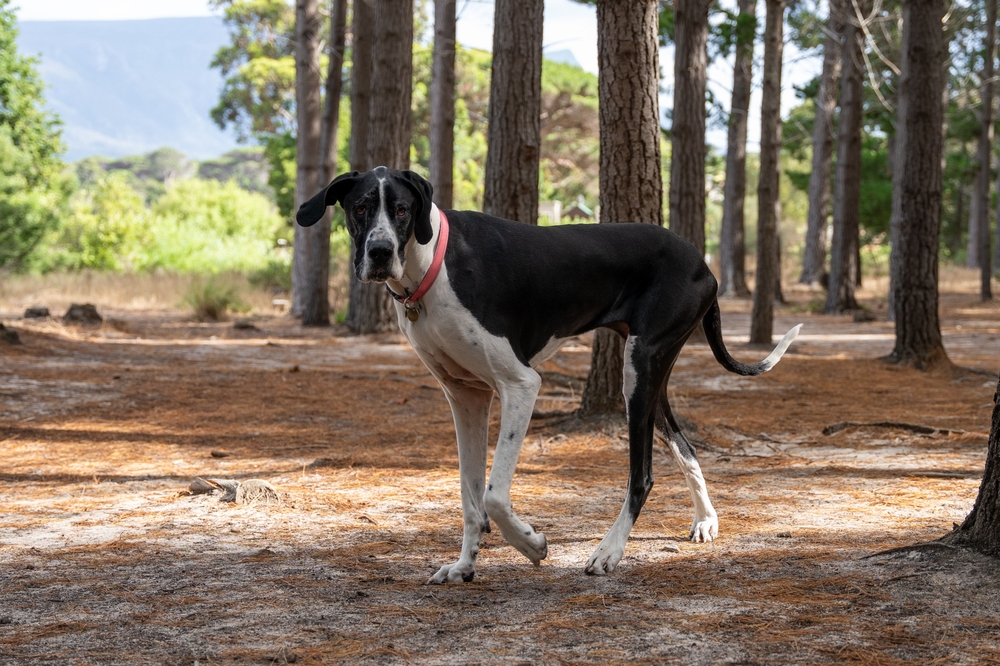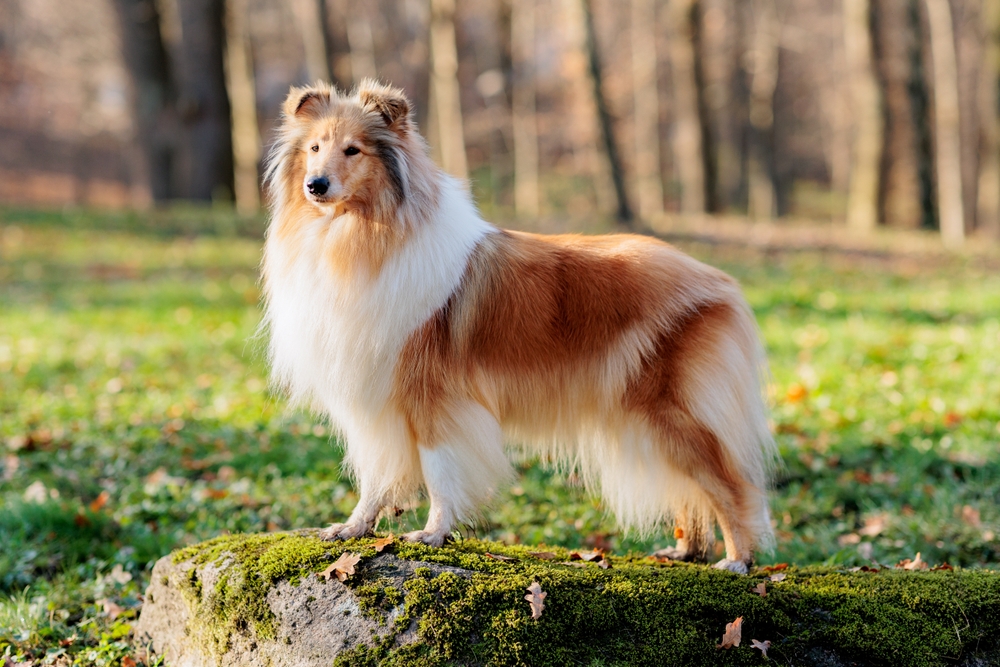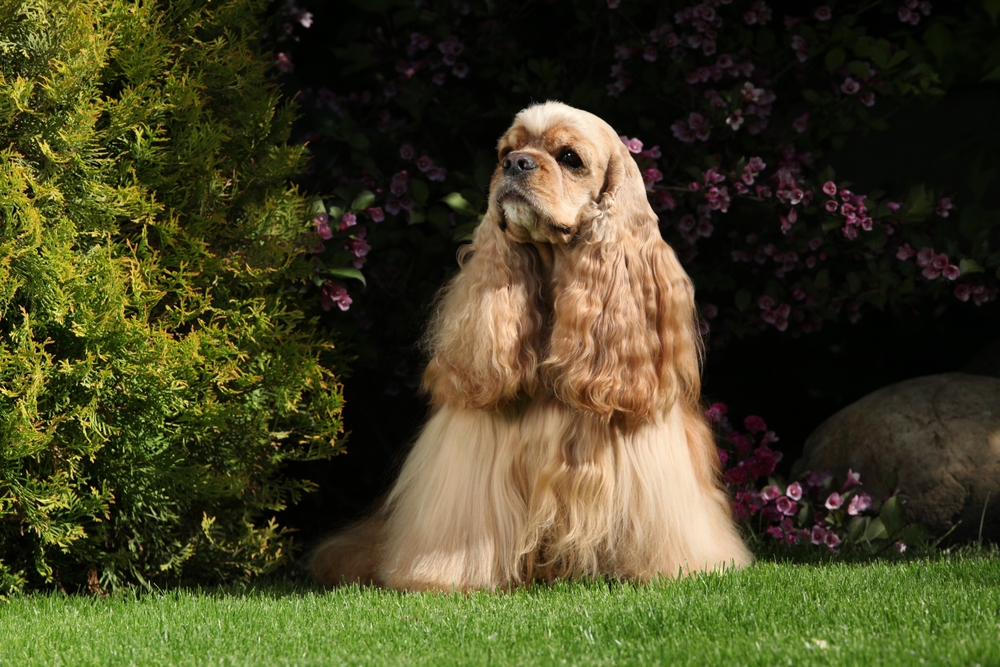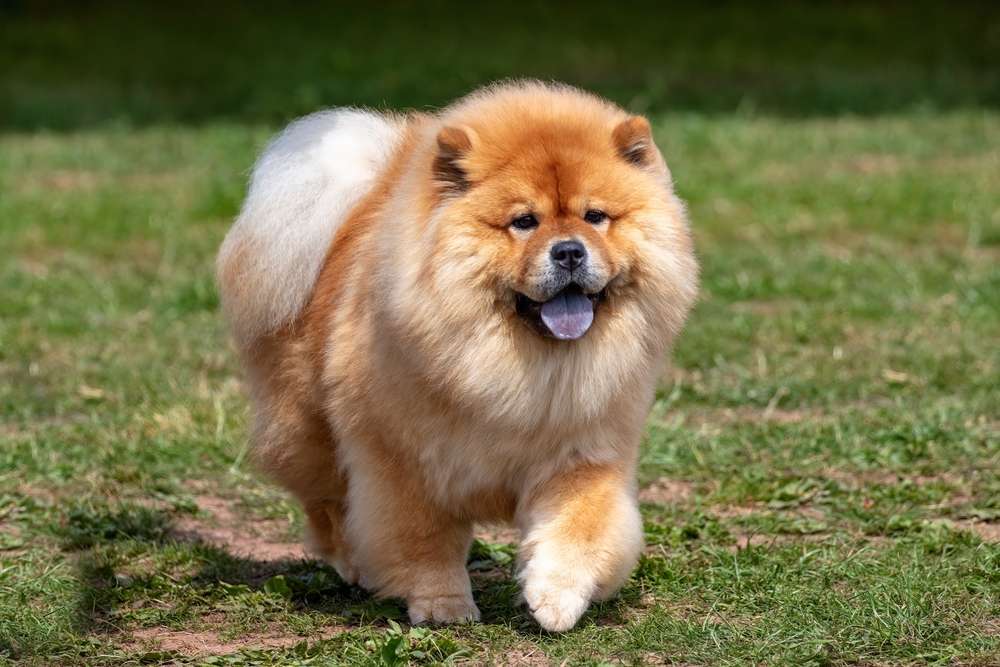The Greyhound’s closest relatives are other sighthound breeds, particularly the Whippet and Italian Greyhound, which share its streamlined body and sprinting ability but differ in size. It also shares ancestry with the Saluki and Sloughi, ancient desert hunting dogs.
About
The Greyhound is a graceful, athletic breed renowned for its incredible speed, slender build, and gentle nature. With a history dating back over 4,000 years, Greyhounds are among the oldest known dog breeds, appearing in ancient Egyptian art and literature. Originally bred for hunting game such as deer and hare, they later became famous for their role in racing. The Greyhound’s scientific name is Canis lupus familiaris, and it belongs to the family Canidae.
Greyhounds are tall and lean, typically standing 27–30 inches (69–76 cm) at the shoulder and weighing 60–70 pounds (27–32 kg). Their long legs, deep chest, and flexible spine allow them to reach speeds of up to 45 mph (72 km/h), making them the fastest of all dog breeds. They have a narrow, elongated head, long neck, and short, smooth coat that comes in nearly every color and pattern.
Despite their racing reputation, Greyhounds are calm and affectionate companions. They are often described as “gentle giants” of the sighthound world, enjoying a quiet home life and spending much of their time lounging. They are intelligent, sensitive, and good with families, though they may have a strong prey drive toward small animals due to their hunting heritage.
Greyhounds require daily walks and opportunities for short bursts of running in a safe, enclosed area, but they are surprisingly low-energy indoors. Their thin coat and low body fat make them sensitive to extreme temperatures, so they benefit from extra warmth in colder climates. Whether retired from racing or bred for companionship, Greyhounds are admired for their elegance, affectionate nature, and peaceful demeanor.
Physical Characteristics
Greyhounds are large, slender sighthounds known for their incredible speed, streamlined build, and graceful movement:
Coat:
They have a short, smooth, and fine coat that lies close to the body, requiring minimal grooming. Coat colors vary widely, including black, white, fawn, blue, red, brindle, and various combinations of these colors.
Face:
Greyhounds have a long, narrow head with a slight stop and a fine, tapering muzzle. Their dark, oval-shaped eyes convey gentleness and alertness. Ears are small and rose-shaped, folding back when relaxed and semi-erect when alert.
Body:
Built for speed, they have a deep chest for maximum lung capacity, a narrow waist, and an arched loin that aids in propulsion. Their long, muscular legs are straight in the front and well-angulated in the rear, providing exceptional stride length.
Tail:
Long, fine, and tapering to a point, the tail is carried low in a gentle curve when relaxed and higher when alert or running.
Size:
-
Length (Body): Approximately 33 to 38 in (84 to 97 cm) from chest to rump.
-
Shoulder Height:
-
Males: 28 to 30 in (71 to 76 cm)
-
Females: 27 to 28 in (69 to 71 cm)
-
Weight:
-
Adult Female: 60 to 70 lbs (27 to 32 kg)
-
Adult Male: 65 to 85 lbs (29 to 39 kg)
Greyhounds’ physical characteristics are finely tuned for sprinting, with their aerodynamic head, deep chest, flexible spine, and long, powerful legs allowing them to reach speeds of up to 45 mph (72 km/h), making them one of the fastest dog breeds in the world.
Reproduction
The reproductive cycle of Greyhounds follows the general domestic dog pattern, but their athletic build and sensitive nature require attentive care during breeding and whelping:
1. Mating and Courtship:
Greyhounds typically reach sexual maturity between 6 and 9 months, but responsible breeding is delayed until females are at least 18–24 months old to ensure full skeletal and muscular maturity. Courtship often involves calm interaction, as Greyhounds tend to be gentle rather than boisterous in breeding situations.
2. Estrus Cycle:
Females generally come into heat twice a year, with each cycle lasting about 2–3 weeks. The most fertile period is typically between days 9–14, although ovulation timing can vary between individuals.
3. Gestation:
The gestation period averages 63 days (about 9 weeks). Pregnant Greyhounds benefit from a high-quality, nutrient-dense diet to support fetal development without excessive weight gain, as extra weight can stress their lean frame. Moderate, low-impact exercise helps maintain muscle tone.
4. Birth of Puppies:
Typical litter sizes range from 6 to 8 puppies, though litters of 4–10 are possible. Greyhounds usually whelp naturally, but breeders should be present to assist if needed. Puppies are born blind and deaf, fully dependent on their mother for warmth and nutrition.
5. Care and Nurturing:
For the first 3–4 weeks, the mother nurses and cares for her puppies. Puppies open their eyes around 10–14 days and begin to walk shortly thereafter. Because Greyhound puppies grow quickly, early monitoring of nutrition and development is important.
6. Weaning and Socialization:
Weaning begins at about 4 weeks, with gradual introduction to high-quality puppy food. Socialization between 4–12 weeks is essential to develop confidence and adaptability, especially for retired racing Greyhounds being transitioned to pet homes later in life.
7. Independence:
By 8–10 weeks, puppies are usually ready for rehoming, though some breeders keep them until 12 weeks for additional development and training.
Because Greyhounds can be prone to bloat, certain heart conditions, and sensitivity to anesthesia, responsible breeders conduct health screenings before mating and maintain careful veterinary oversight throughout pregnancy and whelping.
Lifespan
Lifespan in the Home Environment:
Greyhounds typically live 10 to 14 years, with some reaching 15 years when provided with excellent nutrition, regular exercise, and consistent veterinary care. Retired racing Greyhounds, when adopted into pet homes, often enjoy long, healthy lives after their athletic careers.
Lifespan in Active or Racing Roles:
Greyhounds used for racing or competitive lure coursing generally maintain peak physical fitness during their careers. However, the intense physical demands can occasionally lead to injuries, which may require management later in life. With proper rehabilitation and care, many former racers still live well into their teens.
Common Health Factors Affecting Lifespan:
-
Bloat (Gastric Dilatation-Volvulus): A life-threatening condition due to their deep chest.
-
Osteosarcoma: A form of bone cancer that can occur in the breed.
-
Heart Conditions: Such as heart murmurs and cardiomyopathy.
-
Dental Disease: More common in Greyhounds due to their narrow jaw structure.
-
Hypothyroidism: Can lead to weight gain, lethargy, and coat problems.
-
Sensitivity to Extreme Temperatures: Their low body fat and thin coat make them vulnerable to cold.
Ways to Maximize Lifespan:
-
Feed a high-quality, balanced diet that maintains lean muscle mass.
-
Provide daily moderate exercise to keep joints and cardiovascular health in good condition.
-
Avoid strenuous activity immediately before and after meals to reduce bloat risk.
-
Schedule regular veterinary exams with heart and dental checkups.
-
Provide weather-appropriate protection (coats in winter, shade in summer).
With attentive care, Greyhounds can remain active, affectionate, and graceful companions well into their senior years, enjoying a relaxed and comfortable life after their athletic prime.
Eating Habits
Diet:
Greyhounds require a balanced, nutrient-dense diet that supports lean muscle mass, joint health, and steady energy levels. High-quality commercial kibble or fresh-prepared diets should include lean animal protein (chicken, turkey, beef, or fish), healthy fats for energy, and complex carbohydrates for endurance. Omega-3 fatty acids are beneficial for joint and coat health.
Feeding Schedule:
-
Puppies (under 6 months): 3–4 smaller meals daily to support rapid growth.
-
Adults: 2 meals per day to maintain steady energy and reduce the risk of bloat.
-
Seniors: 2 smaller meals daily with calorie adjustments to maintain a healthy weight and muscle tone.
Eating Behavior:
Greyhounds tend to be polite, moderate eaters rather than overeaters, but portion control is still important to prevent weight gain. Their deep chest makes them more prone to bloat (gastric dilatation-volvulus), so meals should be divided into smaller portions rather than fed all at once.
Special Considerations:
-
Bloat Prevention: Feed two or more smaller meals daily, avoid exercise for an hour before and after meals, and use elevated feeders only if recommended by a veterinarian.
-
Joint Support: Include glucosamine and chondroitin supplements, especially for retired racers.
-
Dental Health: Due to narrower jaw and tooth alignment, dental-friendly kibble or chew treats can help reduce tartar buildup.
-
Temperature Sensitivity: In colder months, slightly increase calorie intake if activity remains high to help maintain body warmth.
Treats and Extras:
Healthy treat options include apple slices (without seeds), blueberries, green beans, carrot sticks, and small pieces of cooked lean meat. Avoid high-fat, high-salt, or sugary human foods, and never feed toxic items like chocolate, grapes, onions, or garlic.
By following a portion-controlled, high-protein feeding plan and maintaining hydration, Greyhounds can stay lean, healthy, and ready for both relaxed living and bursts of athletic activity.
Uniqueness
The Greyhound is one of the most distinctive and specialized dog breeds in the world, with traits that make it instantly recognizable and highly admired:
Fastest Dog Breed:
Built for sprinting, Greyhounds can reach speeds of up to 45 mph (72 km/h), making them the fastest breed in the canine world and one of the fastest land animals relative to body size.
Streamlined Physique:
Their aerodynamic head, deep chest, long legs, and flexible spine are perfectly engineered for speed and agility. This design allows them to cover ground in a unique double-suspension gallop.
Ancient Heritage:
Greyhounds have been depicted in Egyptian art for over 4,000 years and were prized hunting companions for nobility in ancient civilizations, valued for their sight-based hunting skills.
Exceptional Eyesight:
As sighthounds, Greyhounds have a wide field of vision (nearly 270 degrees) and can spot moving objects at great distances, which was essential in coursing and hunting.
Calm and Gentle Temperament:
Despite their athletic ability, Greyhounds are famously calm, gentle, and affectionate, often nicknamed “45-mph couch potatoes” for their love of lounging.
Unique Adoption Legacy:
Retired racing Greyhounds are frequently adopted into pet homes through specialized rescue organizations, where they transition from competitive athletes to beloved companions.
Distinctive Coat and Colors:
They come in an exceptionally wide range of colors and patterns—more than almost any other breed—making each Greyhound visually unique.
The Greyhound’s blend of elite athleticism, ancient history, graceful elegance, and gentle nature makes it one of the most remarkable and admired dog breeds in the world.
Be the First to Share Photos of This Species.
FAQ’s
1. What is the closest species to the Greyhound?
2. How does the Greyhound compare to other breeds?
Greyhounds are faster and more streamlined than most other dog breeds, built for short bursts of extreme speed rather than endurance. Compared to the Whippet, they are taller and more powerful, while retaining the same gentle, calm demeanor. Unlike working or herding breeds that require constant activity, Greyhounds are content with moderate daily exercise and long periods of relaxation.
3. What national parks provide the best chances to see a Greyhound?
Greyhounds are a domesticated breed and not found in the wild, but you might spot them in dog-friendly parks where leashed pets are welcome, such as:
-
Grand Canyon National Park (Arizona) – Certain paved trails and campground areas allow leashed dogs.
-
Indiana Dunes National Park (Indiana) – Pet-friendly beaches and trails are open to dogs on leash.
-
Morro Bay State Park (California) – Scenic walking paths and picnic areas where leashed dogs are welcome.
Because Greyhounds are sensitive to extreme temperatures, you’re most likely to see them in parks with mild climates, shaded trails, and moderate walking paths rather than on strenuous or hot-weather hikes.



































































